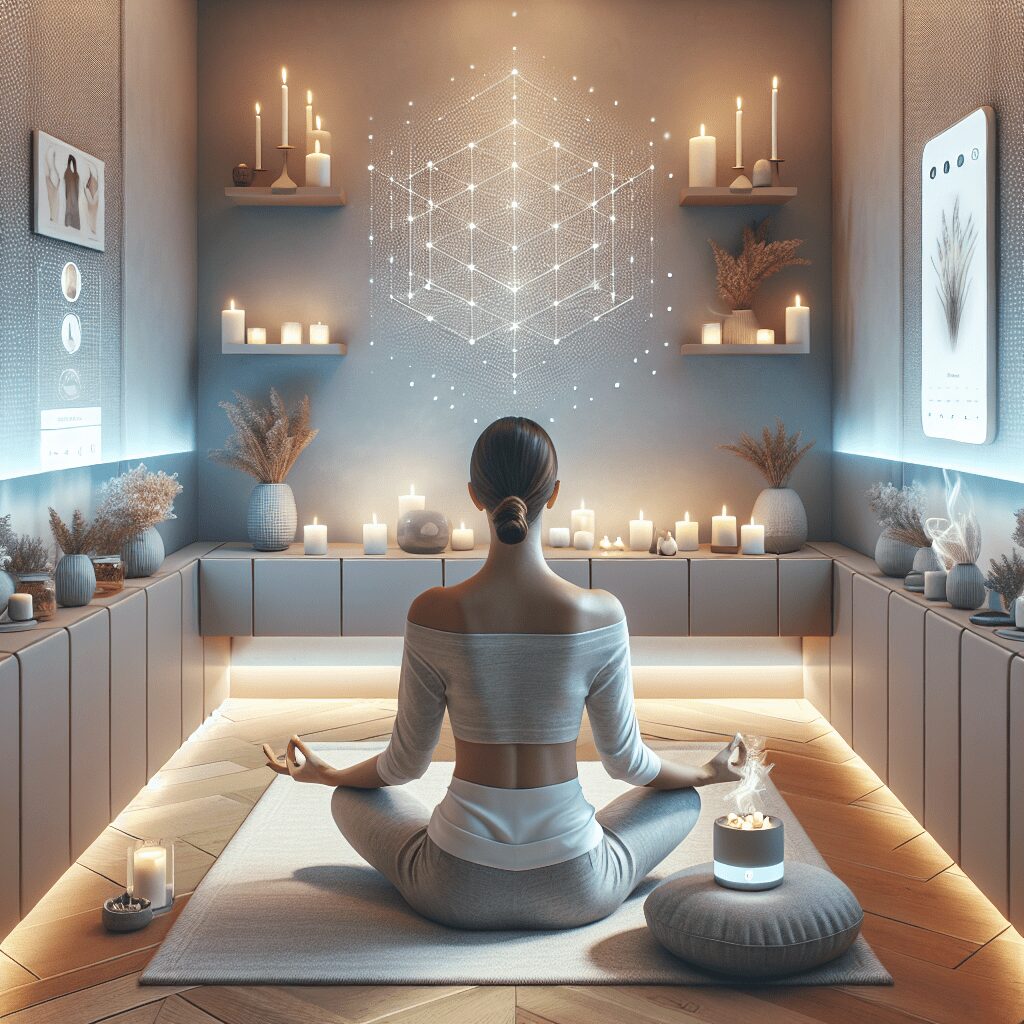
Prioritize your mental well-being daily. Enhance your life by nurturing your mental health with the Smart Meditation app. Break free from stress, alleviate anxiety, and enhance your sleep quality starting today.
How To Use Microdosing To Treat Depression And Anxiety?
Unveiling the Power of Microdosing
Amidst the high-paced rhythm of modern life, juggling the balls of responsibilities, personal growth, and social connections can sometimes lead us down the rabbit hole of depression and anxiety. It’s no secret; these mental health challenges are the silent specters haunting a significant chunk of the global population. And while traditional treatments do their bit, there’s an unconventional hero emerging on the scene: microdosing. But wait, what’s this all about? Let’s dive deep into understanding how microdosing can be a game-changer in the realm of mental health.
A Pinch of Magic: What is Microdosing?
Microdosing is akin to adding just the right amount of spice to elevate a dish to perfection. It involves consuming a minuscule amount of psychedelic substances – think LSD or psilocybin (the active ingredient in magic mushrooms) – that’s typically about 1/10th to 1/20th of a typical recreational dose. The goal? To enhance cognitive function, elevate mood, and increase creativity without inducing the full-blown psychedelic experiences – or, to put it colloquially, without going on a trip.
The Ground Rules: How to Microdose for Mental Wellbeing
Before you hop on the microdosing bandwagon, it’s crucial to remember that we’re navigating a relatively uncharted territory. Research is in its infancy, and legality is – how do we put it gently – a bit of a gray area. So, always educate yourself on the laws in your country and consult with a healthcare professional. Now, onto the nitty-gritty:
-
Choosing Your Potion: LSD and psilocybin mushrooms are the usual go-tos. Each has its unique profile and effects, so it’s about finding what suits you.
-
Finding The Sweet Spot: Start low, go slow. The aim is to find the lowest effective dose that gives you the benefits without the perceptual changes. This will need a bit of trial and error.
-
The Schedule Matters: The most common protocol suggests dosing every three days. This routine helps prevent tolerance buildup and keeps you in tune with the subtle shifts in your mental state.
-
Journal Your Journey: Keeping a record of your experiences, dosages, and any changes in mood, creativity, or anxiety levels can be incredibly insightful. It helps in fine-tuning the process and truly understanding the impact.
The Promise and The Pitfalls
The allure of microdosing is undeniable. Anecdotal evidence abounds with stories of enhanced emotional clarity, reduced anxiety, and an overall better quality of life. Yet, it’s imperative to tread with caution. The scientific community is still catching up, and what works for one might not work for another. Moreover, the legal hoops and potential risks – although minimal in microdoses – cannot be ignored.
The broader conversation around microdosing also touches on the need for a holistic approach to mental health. Lifestyle changes, therapy, and other non-pharmacological interventions should also be part of the mix. After all, there’s no magic bullet when it comes to mental wellbeing.
Wrapping Up
Microdosing is undeniably an intriguing frontier in the quest for better mental health. It whispers the promise of a life with less anxiety and depression, more creativity, and an enriched emotional spectrum. Yet, like all pioneers venturing into unknown lands, those curious about microdosing must navigate with care, armed with knowledge and a healthy dose of skepticism. Here’s to hoping that as the fog of legal and scientific uncertainties clears, the path to leveraging microdosing for mental wellness becomes brighter for everyone venturing on this journey.





